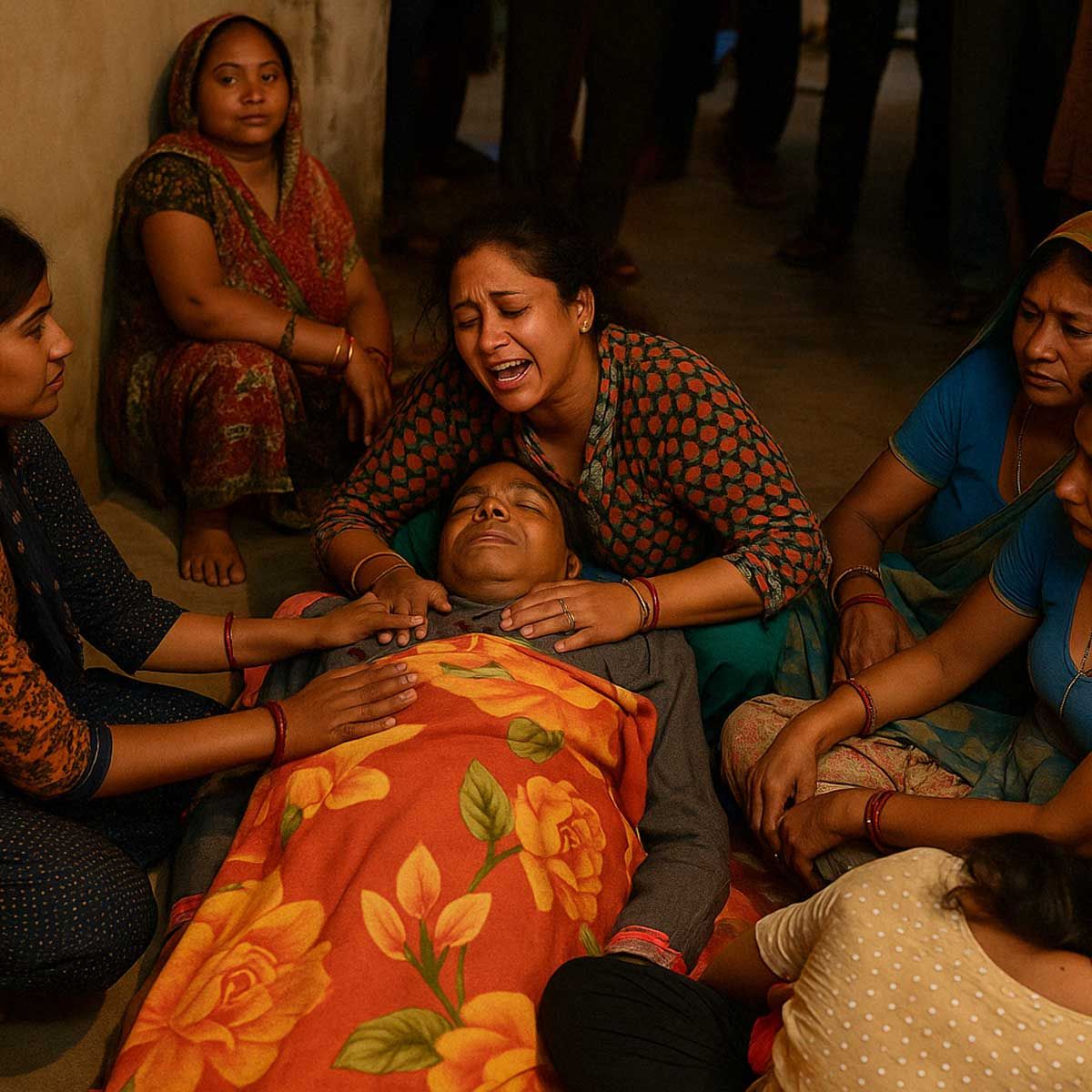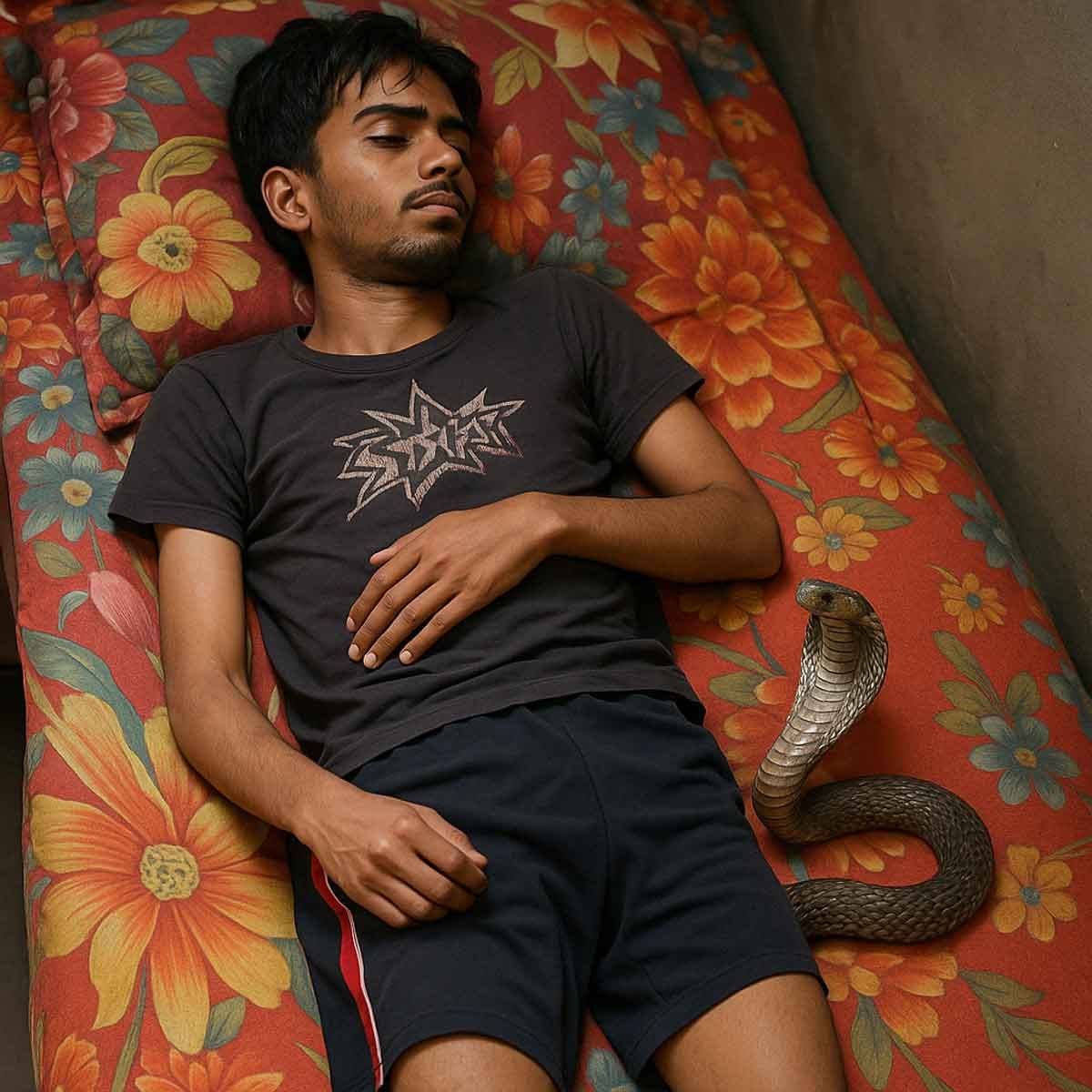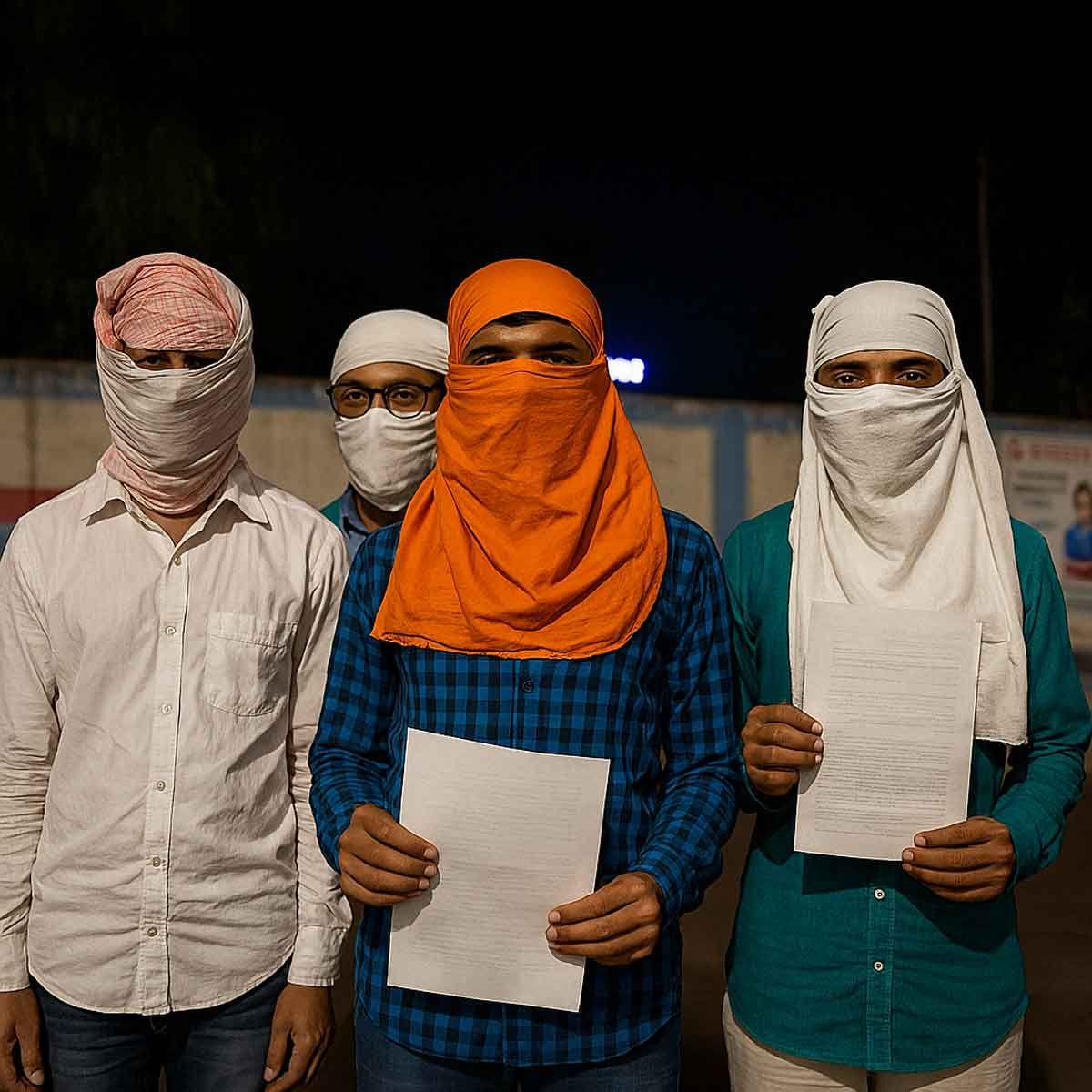More Coverage
Twitter Coverage
Satyaagrah
Written on
Satyaagrah
Written on
Satyaagrah
Written on
Satyaagrah
Written on
Satyaagrah
Written on
JOIN SATYAAGRAH SOCIAL MEDIA
After several decades and millions of students learned that "Priests divided people into Varnas, did not allow Shudras & women to study Vedas", NCERT removes misleading claims about Brahmins after they couldn't provide any evidence in a response to an RTI
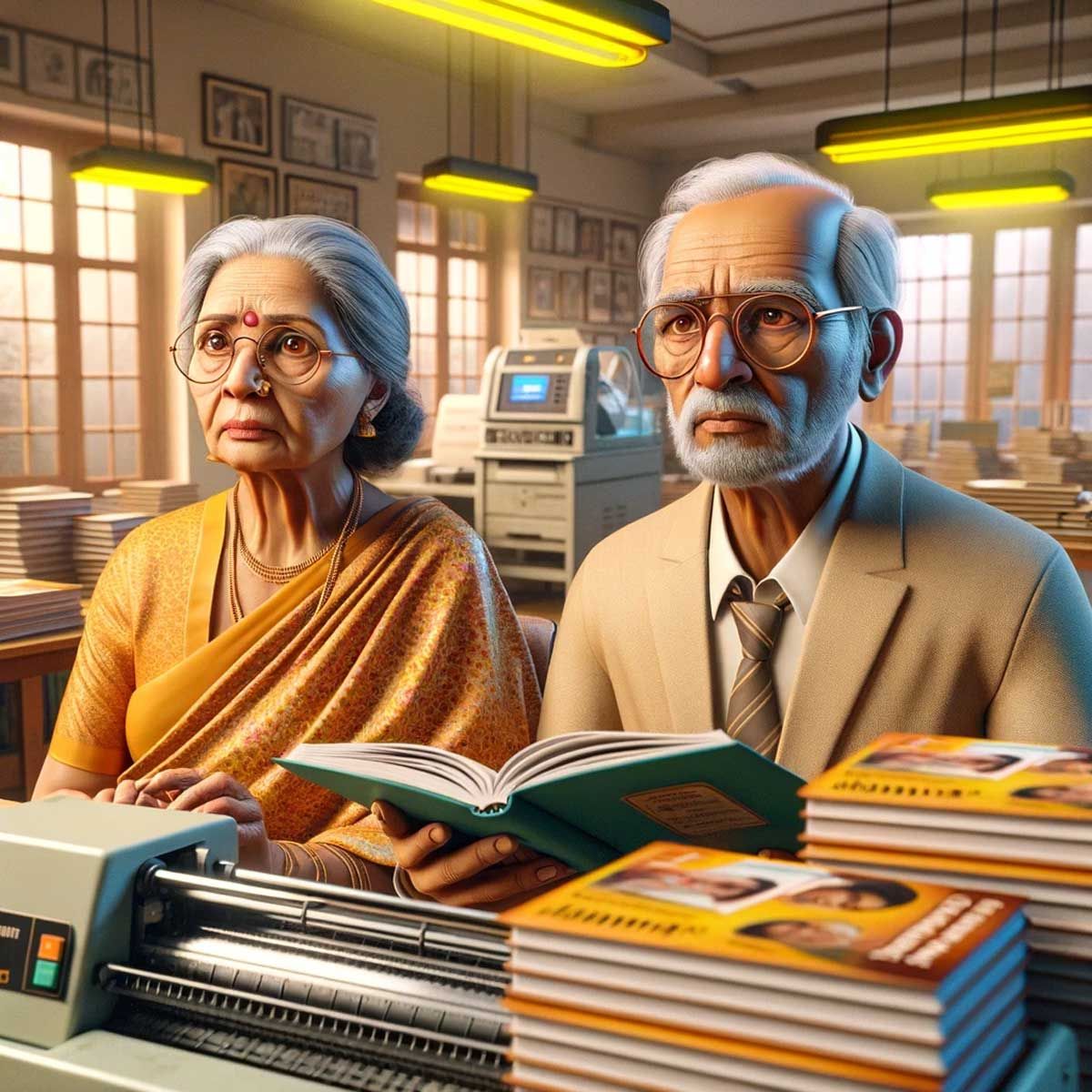
In a significant move, the National Council of Educational Research and Training (NCERT), the cornerstone of Indian educational content, has taken a step towards ensuring the accuracy of the historical narratives presented to its young learners. This action specifically pertains to the removal of contentious statements about Brahmins from the textbooks of 6th Standard students across the country.
|
This development did not emerge from a vacuum but was the result of persistent inquiry by RTI activist Vivek Pandey. Pandey, concerned about the portrayal of historical figures and social structures, sought clarity and evidence from NCERT regarding the claims made about Hindu priests' roles in ancient India. His query highlighted the need for factual backing for the assertions regarding the division of society into varnas and the exclusion of women and Shudras from the study of Vedas.
NCERT's response to this query was revealing. The esteemed educational body acknowledged a critical lapse in their content creation process: the absence of concrete evidence to support the narrative that Hindu priests were responsible for segregating society into varnas and barring certain groups from accessing sacred texts. This admission not only casts a shadow on the credibility of the content provided in educational materials but also raises questions about the rigor of the review process these textbooks undergo before reaching students.
NCERT and its Disinformation Targeting Brahmins
In a recent update, the National Council of Educational Research and Training (NCERT) has made a decisive move to amend the content within its textbooks, particularly addressing the inaccuracies that previously targeted the Brahmin community. This update comes after a commitment was made by NCERT to rectify misleading information in its educational materials. Now it is verified that the 2023-2024 edition of the 6th Standard NCERT textbook, titled ‘History-Our Past I’, has indeed been updated to reflect these promised changes.
The controversy originally stemmed from Chapter 5 of the textbook, ‘Kingdoms, Kings and an Early Republic (Pages 44-45)’, which contained several contentious claims. Among these was the assertion that Hindu priests, or Brahmins, were responsible for dividing people into groups known as varnas, with a further claim that one's varna was determined by birth. This representation of ancient social practices was not only simplistic but lacked the necessary scholarly backing to be considered factual.
Further exacerbating the issue, the textbook went on to claim that women were "grouped" alongside Shudras, effectively denying both groups the opportunity to study the Vedas. Additionally, it was stated that priests went as far as classifying certain individuals as ‘untouchables’, a term loaded with social and historical significance.
|
The rectification of these claims in the latest edition of the NCERT textbook marks a significant step towards addressing the spread of disinformation within educational resources. However, the presence of such claims in the first place raises serious concerns about the standards of content review and accuracy maintained by NCERT. The dissemination of unverified or misleading information, especially in textbooks designed for young learners, can have long-lasting impacts on their understanding of cultural and historical contexts.
The critical portrayal of Brahmins, based on unsupported assertions, does more than misrepresent historical facts; it risks embedding prejudices and misconceptions in the minds of impressionable students. Education, at its core, should aim to present a balanced and nuanced view of history, allowing students to develop an informed understanding of the past and its complexities.
A passage from the curriculum has come under scrutiny for its representation of the varna system and the roles attributed to various social groups. It states: "We have many books that were composed in north India, especially in the areas drained by the Ganga and the Yamuna, during this period. These books are often called later Vedic, because they were composed after the Rigveda about which you learnt in Chapter 4. These include the Samaveda, Yajurveda and Atharvaveda, as well as other books. These were composed by priests, and described how rituals were to be performed. They also contained rules about society.
The priests divided people into four groups, called varnas. According to them, each varna had a different set of functions. The first varna was that of the brahmin. Brahmins were expected to study (and teach) the Vedas, perform sacrifices and receive gifts. In the second place were the rulers, also known as kshatriyas. They were expected to fight battles and protect people.
Third were the vish or the vaishyas. They were expected to be farmers, herders, and traders. Both the kshatriyas and the vaishyas could perform sacrifices. Last were the shudras, who had to serve the other three groups and could not perform any rituals. Often, women were also grouped with the shudras. Both women and shudras were not allowed to study the Vedas. The priests also said that these groups were decided on the basis of birth.
For example, if one’s father and mother were brahmins, one would automatically become a brahmin, and so on. Later, they classified some people as untouchable. These included some crafts persons, hunters and gatherers, as well as people who helped perform burials and cremations. The priests said that contact with these groups was polluting.
Many people did not accept the system of varna laid down by the brahmins. Some kings thought they were superior to the priests. Others felt that birth could not be a basis for deciding which varna people belonged to. Besides, some people felt that there should be no differences amongst people based on occupation. Others felt that everybody should be able to perform rituals. And others condemned the practice of untouchability. Also, there were many areas in the subcontinent, such as the north-east, where social and economic differences were not very sharp, and where the influence of the priests was limited."
|
NCERT Removes Misleading Content
In a notable revision, the National Council of Educational Research and Training (NCERT) has taken definitive action to amend previously misleading content within its textbooks. The 2023-2024 edition of the educational materials has seen changes aimed at correcting representations that were deemed inaccurate, particularly those concerning the depiction of Brahmins and the varna system in ancient India.
The updated content now presents a more straightforward description of the social categories that existed. The revised text states: "There were four social categories, namely Brahmins, Kshatriyas, Vaishyas, and Shudras. Brahmins were expected to study (and teach) the Vedas, perform sacrifices and receive gifts. Kshatriyas were expected to fight battles and protect people. Vaishyas were expected to be farmers, herders, and traders. The Shudras were expected to serve the other three groups."
Revising History: NCERT's Belated Correction of Unsubstantiated Claims
In a move that has sparked considerable debate about the accuracy and integrity of educational materials, the National Council of Educational Research and Training (NCERT) has recently updated its textbooks to remove certain statements regarding the roles of Hindu priests, women, and Shudras in ancient India. This decision, however, was not the result of a proactive initiative by NCERT but came after the organization was compelled to acknowledge the lack of evidence for these assertions.
In 2022, NCERT found itself under scrutiny when it admitted in response to an RTI query by Vivek Pandey that "the assertions involving Hindu priests, women and Shudras had no basis." Further clarifying its position, NCERT stated, "Since original draft of manuscript does not provide detailed references, it would be difficult to share the original source of claims." This admission revealed a significant oversight in the vetting process for educational content, highlighting a breach of trust between the institution responsible for shaping young minds and the broader public.
 |
| Manu Smriti 10.65 asserts that Brahmin can become Shudra and Shudra can become Brahmin |
Professor Gouri Srivastava, the Head of the Department of Education in Social Sciences (DESS) at NCERT, assured that the contentious section of the 6th standard textbook would be removed. Her statement, "We would like to inform you that taking into consideration the learning loss caused due to Covid 19 pandemic, the Department of Education in Social Sciences, rationalized its syllabi and textbooks in all subjects, for the next year across the stages. As part of this exercise, some content/chapters in history were merged while some other content/chapters were dropped. The statements for which you are seeking evidences will no longer be part of the history textbook for class VI from the next academic session," suggests that the removal of these unsubstantiated claims was part of a broader curriculum rationalization process rather than a targeted correction of inaccuracies.
This sequence of events raises questions about the mechanisms in place for ensuring the accuracy of educational materials. The fact that NCERT did not voluntarily initiate the revision of these inaccuracies but did so only after being confronted with a lack of evidence undermines the credibility of the institution. It reflects a reactive rather than a proactive approach to curriculum development and maintenance, emphasizing the need for more rigorous standards of evidence and scholarship in the creation of educational content.
The incident underscores a critical need for transparency in how educational content is selected and presented. It highlights the importance of basing educational materials on well-documented sources and established historical facts to avoid the propagation of misleading or incorrect information. Such diligence is essential not only for maintaining the integrity of education but also for fostering an environment where students are encouraged to engage critically with historical narratives.
Moreover, the delay in correcting these inaccuracies until after external intervention suggests a gap in NCERT's review and oversight processes. Moving forward, it is imperative for NCERT and similar institutions to implement more stringent review mechanisms, ensuring that all educational content is rigorously vetted before publication. This should include a commitment to providing students with a nuanced understanding of history that acknowledges the complexity of social structures and the diversity of perspectives within historical scholarship.
In conclusion, while the correction of these inaccuracies in NCERT textbooks is a step in the right direction, it also serves as a reminder of the ongoing challenges facing educational institutions in ensuring the accuracy and reliability of their materials. The episode calls for a renewed commitment to excellence, transparency, and evidence-based education, ensuring that future generations receive a history education that is both accurate and enlightening.
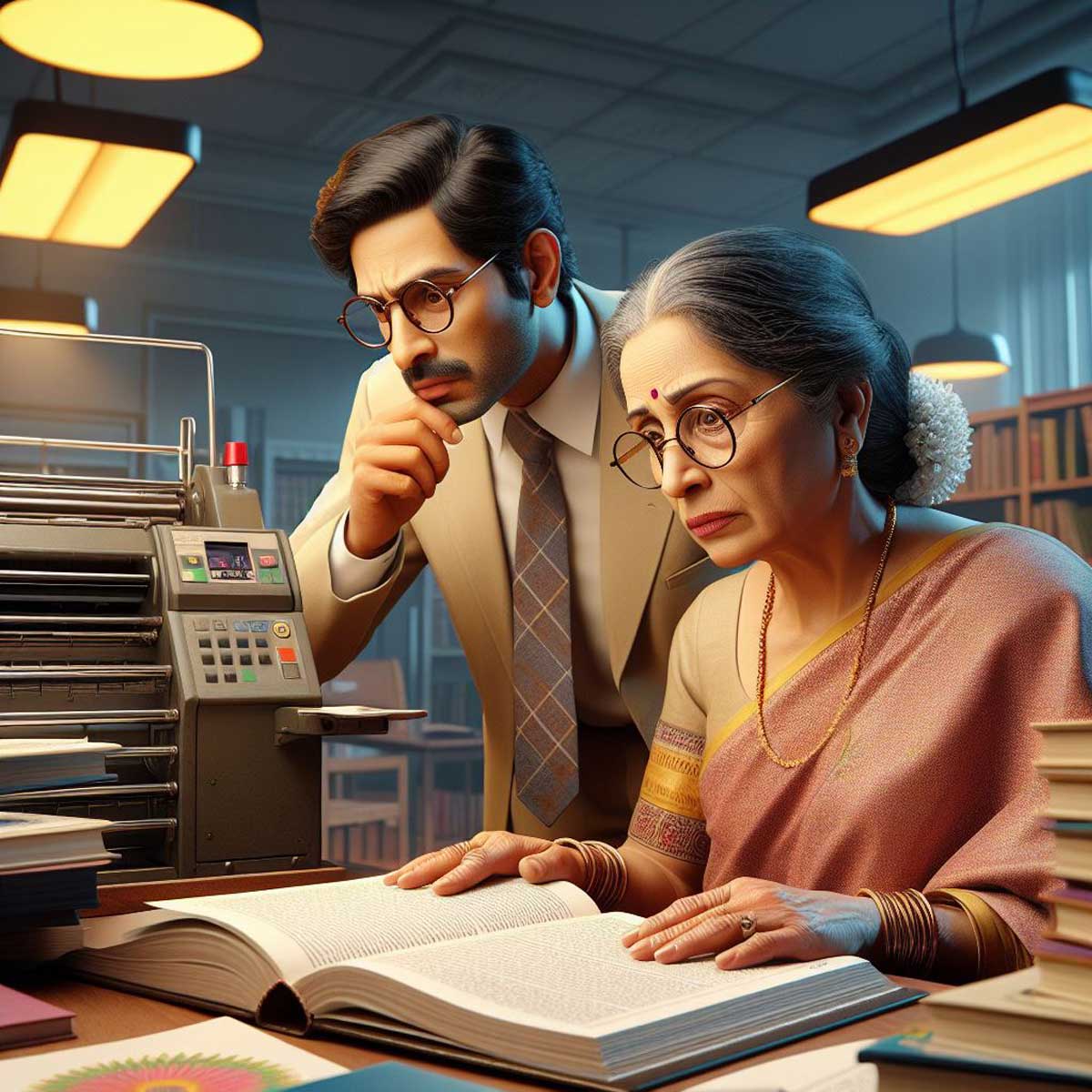 |
 Support Us
Support Us
Satyagraha was born from the heart of our land, with an undying aim to unveil the true essence of Bharat. It seeks to illuminate the hidden tales of our valiant freedom fighters and the rich chronicles that haven't yet sung their complete melody in the mainstream.
While platforms like NDTV and 'The Wire' effortlessly garner funds under the banner of safeguarding democracy, we at Satyagraha walk a different path. Our strength and resonance come from you. In this journey to weave a stronger Bharat, every little contribution amplifies our voice. Let's come together, contribute as you can, and champion the true spirit of our nation.
 |  |  |
| ICICI Bank of Satyaagrah | Razorpay Bank of Satyaagrah | PayPal Bank of Satyaagrah - For International Payments |
If all above doesn't work, then try the LINK below:
Please share the article on other platforms
DISCLAIMER: The author is solely responsible for the views expressed in this article. The author carries the responsibility for citing and/or licensing of images utilized within the text. The website also frequently uses non-commercial images for representational purposes only in line with the article. We are not responsible for the authenticity of such images. If some images have a copyright issue, we request the person/entity to contact us at This email address is being protected from spambots. You need JavaScript enabled to view it. and we will take the necessary actions to resolve the issue.
Related Articles
- In a historic decision Gauhati HC says, ‘Govt funded schools can’t impart religious education’: Upholds the constitutionality of the law by the Assam govt to convert state-run Islamic madrassas into schools
- "Love Lessons": Class 9 CBSE textbook chapter on dating & relationships causes a stir, Tinder jokes about it, sparking varied reactions online; this debate shows strong opinions on whether these topics should be in school books, leading to public outrage
- “Kashmir to bas jhanki hai, poora Bharat baaki hai” and “Brahman teri kabr khudegi BHU ki dharti par” anti-Hindu hate slogans surfaced on BHU campus after VC Sudhir Jain attended Iftar Party: Furious students burn VC’s effigy
- Premier educational body NCERT's textbooks used by schools across India, include a chapter by far-left ‘activist’, Anti-Hindu Delhi riots, and money laundering accused Harsh Mander: Netizens demand action
- Sonam Kapoor steps in to support Woke ‘activists’ over NCERT controversy, dragged the RSS too
- “Everything you’ve ever wanted is on the other side of fear”: Mula Gabharu, one among phenomenal patriotic women who fought with Mughals for her husband, for motherland, called the people of Assam to fight Mughals by taking Ahom sword in their hands
- Toxic Western ideologies being pushed into Indian schools via promoting LGBT and gender politics propaganda among children
- Earlier Pakistan attempted to milk the Hijab controversy and now the USA decided to meddle into India’s internal affairs by putting misleading information regarding the ongoing Hijab row in the country
- Add Vedas and review freedom fighter's portrayal in School textbooks: Parliamentary Committee on Education
- NCERT turns woke with sex-interested contributor Vikramaditya Sahai pushing gender jargon on children: How LGBT activists are calling legitimate criticism of a public figure ‘transphobia’
- When Nehru ignored warnings from Sardar Patel and Sri Aurobindo and shocked USA President: Chinese Betryal and loss of centuries old ally
- Oops… NCERT did it again: A predictable textbook case of Indian history howlers
- Pt. Madan Mohan Malaviya’s independent ‘Note’ to the Industrial Commission of 1916: India’s Industrial Heritage
- Our first true war of independence lie forgotten within the fog of time and tomes of propaganda: Sanyasi Rebellion, when "renouncers of the material world" lead peasants in revolt against British and fundamentalist islamic clans
- Unsung Heroine Pritilata Waddedar, Who Shook The British Raj at the age of 21

















